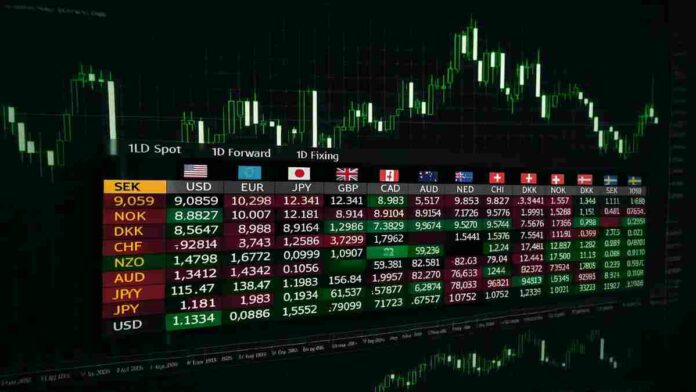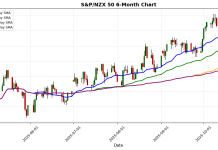October 29, 2025 – The Federal Reserve announced a 25 basis point reduction in the target range for the federal funds rate on Wednesday, lowering it to 3.75% to 4%. This decision, outlined in the Federal Open Market Committee (FOMC) statement, reflects a cautious response to moderating economic growth, a softening labor market, and persistent inflationary pressures amid elevated uncertainty.
The move comes as the Fed balances its dual mandate of maximum employment and 2% inflation. While economic activity continues to expand at a moderate pace, recent data highlights downside risks, particularly to employment, prompting the policy adjustment.
Economic Indicators and Outlook
Available data points to steady but tempered growth. Key highlights include:
- Economic Activity: Expanding moderately, supported by consumer spending and business investment, though global trade tensions and domestic uncertainties are weighing on momentum.
- Labor Market: Job gains have decelerated this year, with the unemployment rate ticking up slightly but holding low through August. Recent indicators align with this trend, signaling potential further softening.
- Inflation: Has risen since earlier in 2025 and remains somewhat elevated, above the 2% target. Core measures show stickiness, influenced by supply chain disruptions and energy price fluctuations.
Uncertainty in the economic outlook is described as high, with the FOMC noting increased downside risks to employment in recent months. The Committee remains vigilant on both employment and inflation fronts, emphasizing a data-dependent approach.
Policy Decision and Forward Guidance
In light of these developments and a shift in risk balance, the FOMC opted for the quarter-point cut. The statement also announced the end of the Committee’s balance sheet reduction (quantitative tightening) on December 1, 2025, marking a pivot toward normalization after prolonged asset runoff.
Fed Chair Jerome H. Powell, in the voting majority, underscored the Committee’s commitment: “We are strongly committed to supporting maximum employment and returning inflation to its 2 percent objective.” Future rate decisions will hinge on incoming data, evolving outlooks, and risk assessments.
The FOMC will monitor a broad array of factors, including:
- Labor market readings (e.g., payrolls, wage growth).
- Inflation metrics and expectations.
- Financial conditions and international events.
Should risks threaten its goals, the Committee stands ready to adjust policy accordingly.
Voting Breakdown
The decision passed with a 10-2 vote:
- In Favor: Jerome H. Powell (Chair), John C. Williams (Vice Chair), Michael S. Barr, Michelle W. Bowman, Susan M. Collins, Lisa D. Cook, Austan D. Goolsbee, Philip N. Jefferson, Alberto G. Musalem, and Christopher J. Waller.
- Dissenting:
- Stephen I. Miran: Preferred a 50 basis point cut for more aggressive support.
- Jeffrey R. Schmid: Advocated no change, citing inflation concerns.
This split highlights internal debates on the pace of easing.
Broader Implications
The rate cut, combined with the QT endpoint, signals the Fed’s intent to ease financial conditions without overstimulating an economy facing structural challenges. Markets reacted positively, with bond yields dipping and equities gaining on expectations of sustained growth. However, ongoing vigilance is warranted given geopolitical risks and potential tariff escalations.
An Implementation Note detailing operational changes accompanies the statement. The next FOMC meeting is scheduled for December 2025, with further details forthcoming.
For the full statement and related documents, visit the Federal Reserve press release




